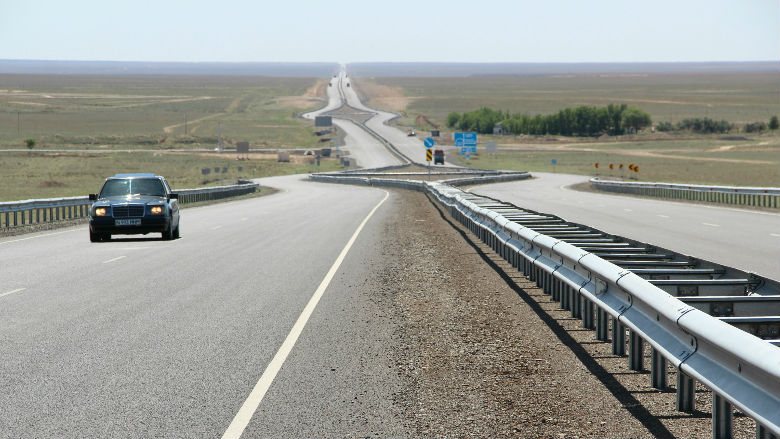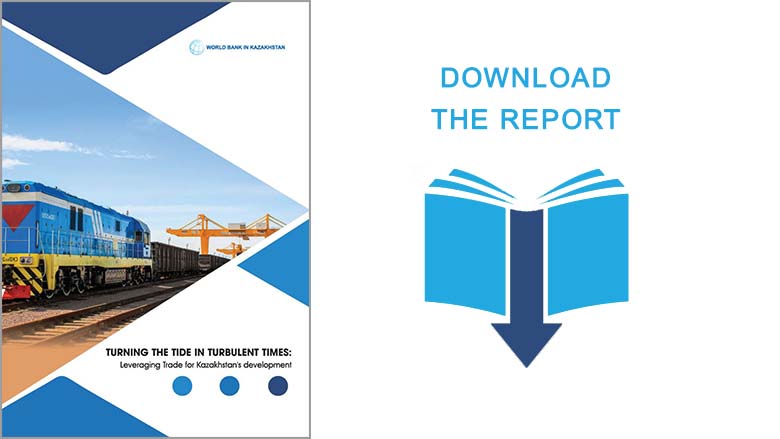Kazakhstan is facing its greatest economic challenge since the global crisis. With oil prices at US$ 50 per barrel, the country urgently needs to adjust its economic model and find new sources of economic growth.
Kazakhstan’s main export has been crude oil - considered a low-complexity mineral product - which has left the country extremely vulnerable to shocks. For Kazakhstan to reach high-income status, it will need to move up the value chain and find new sources of growth.
New opportunities are arising, however. China’s new Silk Road initiative, renewed regional integration efforts through the Eurasian Economic Union, the Central Asia Regional Economic Cooperation Program (CAREC), and WTO accession are opening up new prospects for Kazakhstan to integrate more successfully with the region and the world and to position itself as a key trade and transit corridor between Asia, Europe, and the Middle East.
To support this goal, the Kazakh government has launched a series of ambitious reforms to enhance its business environment, diversify its economy and promote growth and trade. While Kazakhstan outperforms its regional peers in terms of overall business environment, the country still ranks poorly in trading across borders.
Kazakhstan is embarking on an economic transformation at a time where new global trends are reshaping economic fundamentals. As countries in Asia and Europe enhance their living standards, opportunity costs will matter more than direct transport costs, resulting in increasing opportunities to transport goods from East Asia to Europe and the Middle East overland – which is substantially cheaper than air and faster than sea transport.
However, the opportunity cost of delays also increases as storage, insurance and the upfront costs of purchasing goods become more important. If Kazakhstan wants to achieve its ambitious goal of becoming a regional transit, business and logistics hub, it will need to address three key reform areas as a matter of priority:
- Trade across borders hinges on streamlining and expediting customs procedures, increasing transparency, improving risk management, enhancing freedom of transit and further harmonizing procedures at the Customs Union level.
- Infrastructure needs to be upgraded, and priority attention should be paid to enhance the competitiveness of the logistics sector.
- Measures should be taken to develop intermodal facilities and logistics centers, promote the use of modern logistics concepts and adoption of international best practices, develop the multimodal transport industry, and promote greater use of Information and Communication Technology (ICT) and Electronic Data Interchange (EDI) systems.
There are a number of important transport projects in preparation which will enhance connectivity between Astana and Almaty and the western part of Kazakhstan. However, these investments will need to be complemented by reforms that reduce transit time and generate economic opportunities for Kazakhstan and economic operators located along, or transiting through, the economic corridors.
These projects will help promote local economic development through enhanced market access, the development of value-added services, and they are expected to have a positive impact on private sector development and job creation.
Turning the Tide in Turbulent Times: Leveraging Trade for Kazakhstan's Development is a report that has been prepared to support Kazakhstan's quest to establish vibrant economic corridors and to generate new sources of growth in a low-commodity price environment. This research was supported by the Competitive Industries and Innovation Program.

